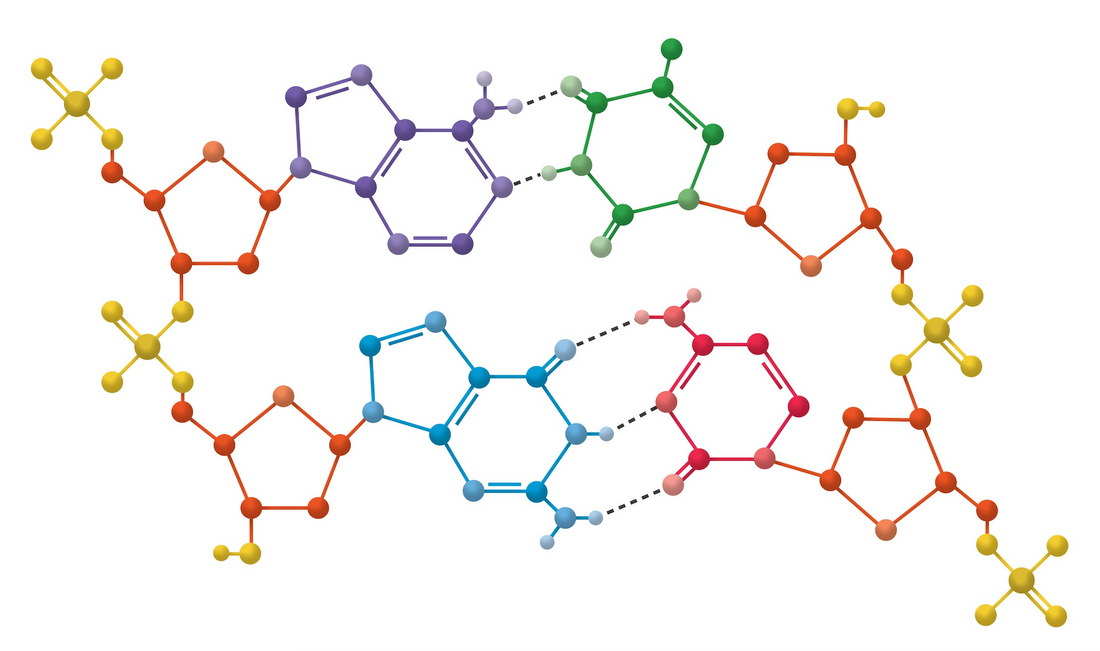Exploration of peptide blends, particularly Tesamorelin and Ipamorelin, has garnered significant attention. This article delves into the intricacies of these compounds, their unique mechanisms of action, and the potential implications of their combined use, known as the Tesamorelin Ipamorelin blend, in laboratory settings.
Understanding Tesamorelin and Ipamorelin: A Scientific Overview
Tesamorelin, a synthetic analog of the human Growth Hormone-Releasing Hormone (GHRH), has been a focal point in research due to its ability to stimulate the release of growth hormone (GH). According to research, Tesamorelin has demonstrated efficacy in increasing IGF-1 levels in subjects, with an average increase of 181 micrograms/liter. This peptide binds to and activates GHRH receptors with a potency comparable to that of endogenous GHRH.
On the other hand, Ipamorelin, a selective GH-Secretagogue and ghrelin receptor agonist, stands out in its class for its specificity. Unlike other GH-Secretagogues, Ipamorelin does not significantly release cortisol, acetylcholine, prolactin, or aldosterone, making it the first selective GH-Secretagogue. Its potency in stimulating ghrelin is comparable to GHR6 but with reduced appetite-stimulating properties.
The Combined Effect of Tesamorelin and Ipamorelin
The combination of Tesamorelin and Ipamorelin presents a novel approach to scientific research. Each peptide stimulates the growth hormone axis through distinct mechanisms, and their synergistic action could potentially enhance the overall effect. This combination, known as the Tesamorelin Ipamorelin blend, has been studied for its potential to stimulate the pituitary gland more effectively, leading to the secretion of natural growth hormone at more youthful levels. Research indicates that this blend could result in improved deep sleep, reduced triglycerides, visceral adipose tissue (VAT), and carotid intima-media thickness (cIMT), alongside enhanced cognitive function and metabolic function.
Safety Profile and Bioavailability
Regarding safety and bioavailability, both Ipamorelin and Tesamorelin exhibit minimal side effects. They have shown low oral and excellent subcutaneous bioavailability in mice studies. However, it is crucial to note that per kg dosage in mice does not scale directly to humans. These peptides are currently available for purchase solely for educational and scientific research purposes and are not intended for human consumption.
Tesamorelin's Role in Cognitive Function and Metabolic Health
Tesamorelin's impact extends beyond its GH-releasing properties. Research has shown its potential in improving cognitive function, particularly in older adults and individuals with mild cognitive impairment at increased risk of progressing to Alzheimer's disease. Furthermore, studies have indicated Tesamorelin's role in decreasing carotid intima-media thickness (CIMT), visceral adipose tissue (VAT), and C-reactive proteins (CRP), markers crucial in evaluating cardiovascular and metabolic health.
Ipamorelin's Selective Action and Reduced Side Effects
Ipamorelin's selective action on the ghrelin receptor and its reduced appetite stimulation properties make it a unique subject of study. Its ability to stimulate GH release without significantly affecting other hormones like cortisol and aldosterone highlights its potential for targeted research applications.
Implications for Future Research
The combination of Tesamorelin and Ipamorelin opens new avenues for research in endocrinology and metabolic diseases. Their synergistic effects, as seen in the Tesamorelin Ipamorelin blend, could potentially lead to more effective strategies in studying the regulation of growth hormone and its impact on various physiological processes. However, it is essential to approach this research with a thorough understanding of the peptides' mechanisms and the ethical considerations surrounding their use.
Exploring Tesamorelin and Ipamorelin in scientific research presents a promising frontier in understanding growth hormone regulation and its broader implications in health and disease. As research continues to evolve, these peptides may offer valuable insights into developing more effective and targeted therapeutic strategies. It is crucial for ongoing studies to adhere to the highest standards of scientific rigor and ethical considerations.


